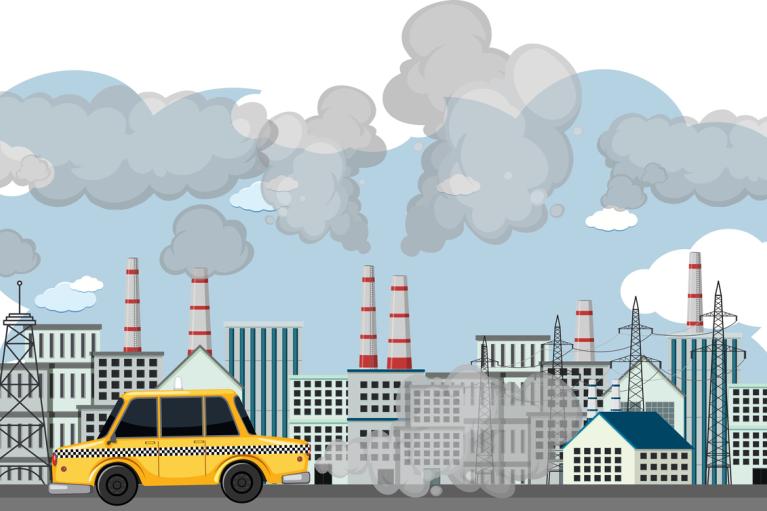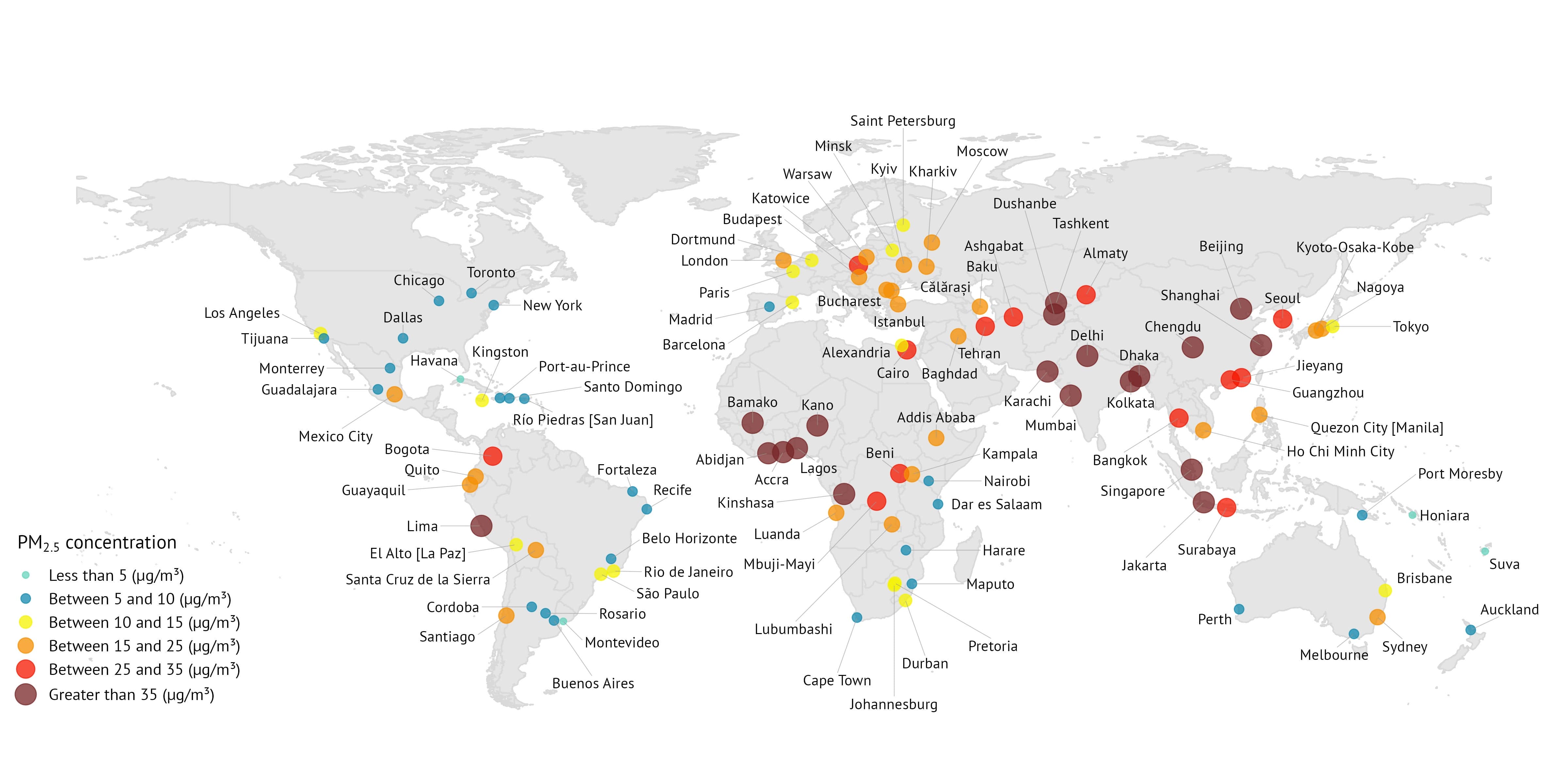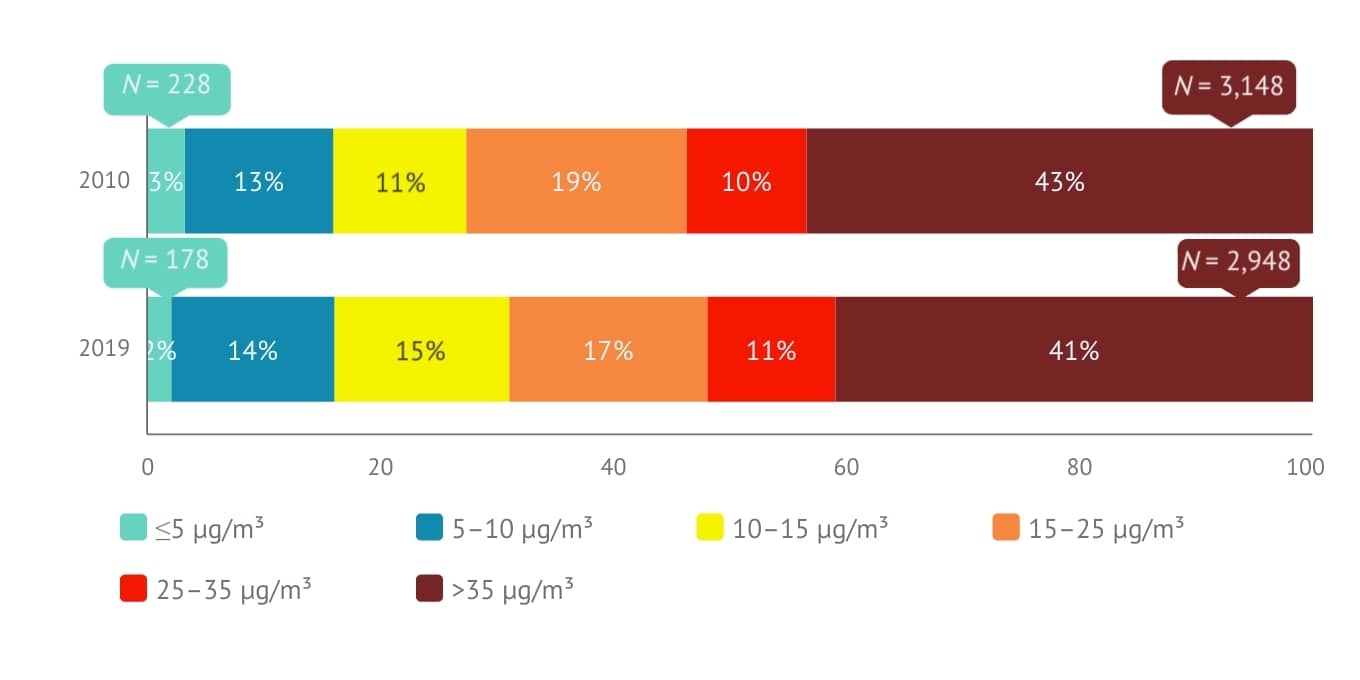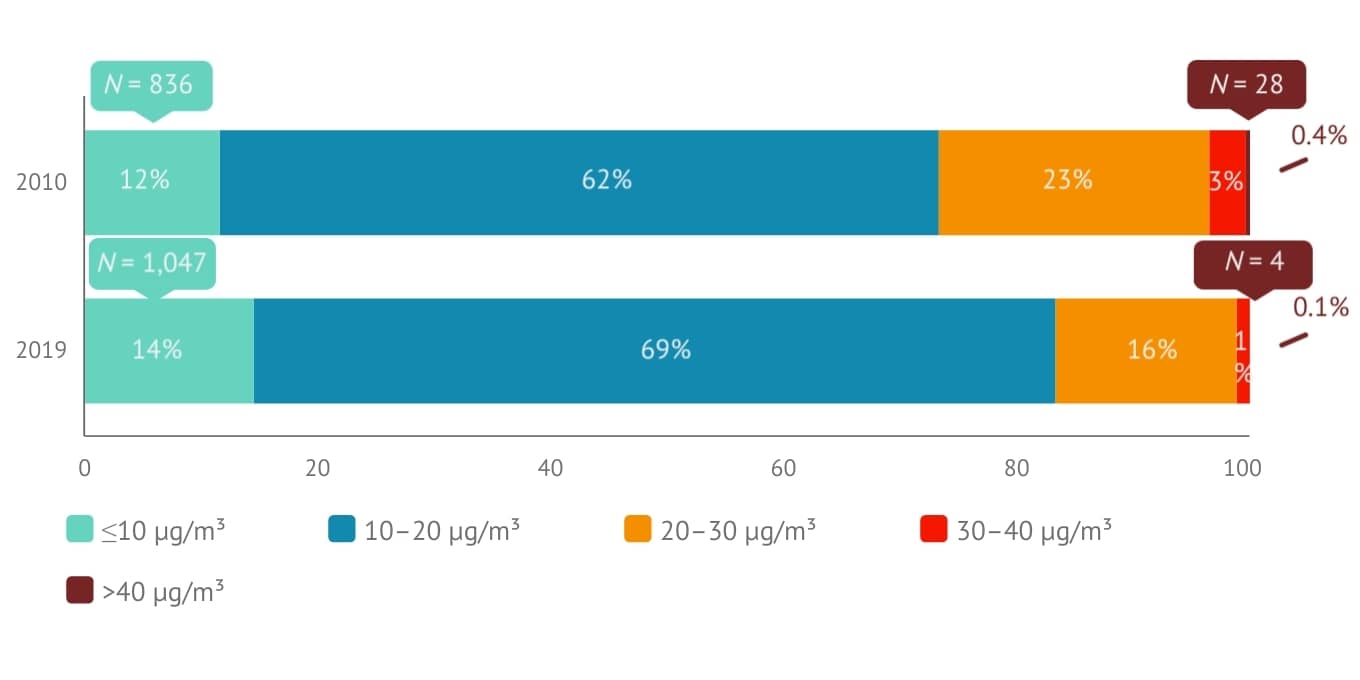Cities are not only at the front line for air pollution impacts, but also for progress and interventions.
Cities are often hotspots for poor air quality. As rapid urbanization increases the number of people breathing dangerously polluted air, city-level data can help inform targeted efforts to curb urban air pollution and improve public health.
Explore air quality and health data for your city using our new interactive app here.
Read the full report:






